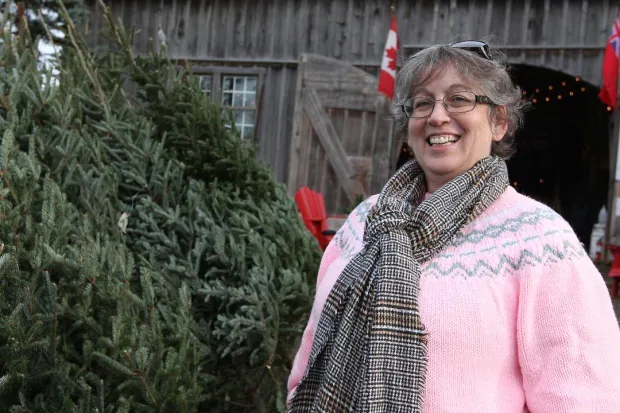Because of increased fuel, fertilizer, and labor costs, climate change, and higher insurance rates, the average price of a Christmas tree has increased this year, just like everything else.
According to Shirley Brennan, executive director of the Canadian Christmas Trees Association, “on average across Canada, you’re going to see roughly a 10% rise, and that is completely due to the expenses that it is costing the farm.”

She claims that in the last year, the price of fertilizer alone increased by nearly 25%. Farmers claim that it has increased by as much as 50% in some areas.
More is spent on gas for the trucks that move the trees from wholesale farms to the big-box store lots or the nearby pop-up shops. Additionally, the cost of ensuring the farm itself is higher, as is the gasoline used by agricultural equipment.
According to Brennan, the rates on some farms doubled. Others had gains of up to 35%.
Despite the industry’s growth, fewer trees are being planted in Canada, according to Brennan.
“One of my Christmas tree farmers told me that his insurance for his Christmas tree farm cost him $15,000 a year.”
People will pay more for your tree as a result of all of those additional expenses for the farmers.
Another factor is that fewer trees are being produced.
According to Brennan, an industry that was worth $53 million in 2015 is now worth more than $100 million. According to Statistics Canada’s most recent figures, it is worth more than $160 million.
However, fewer trees are being planted today.
In Canada in 2016, there were 1,872 Christmas tree farms. There were 1,364 in 2021.
According to Brennan, due to a number of causes, Canada has lost around 20,000 acres of land used to grow Christmas trees over the past ten years, which could have produced 30 million trees.
Nearly half of the trees that Canada plants are also exported.
From: CBC News

